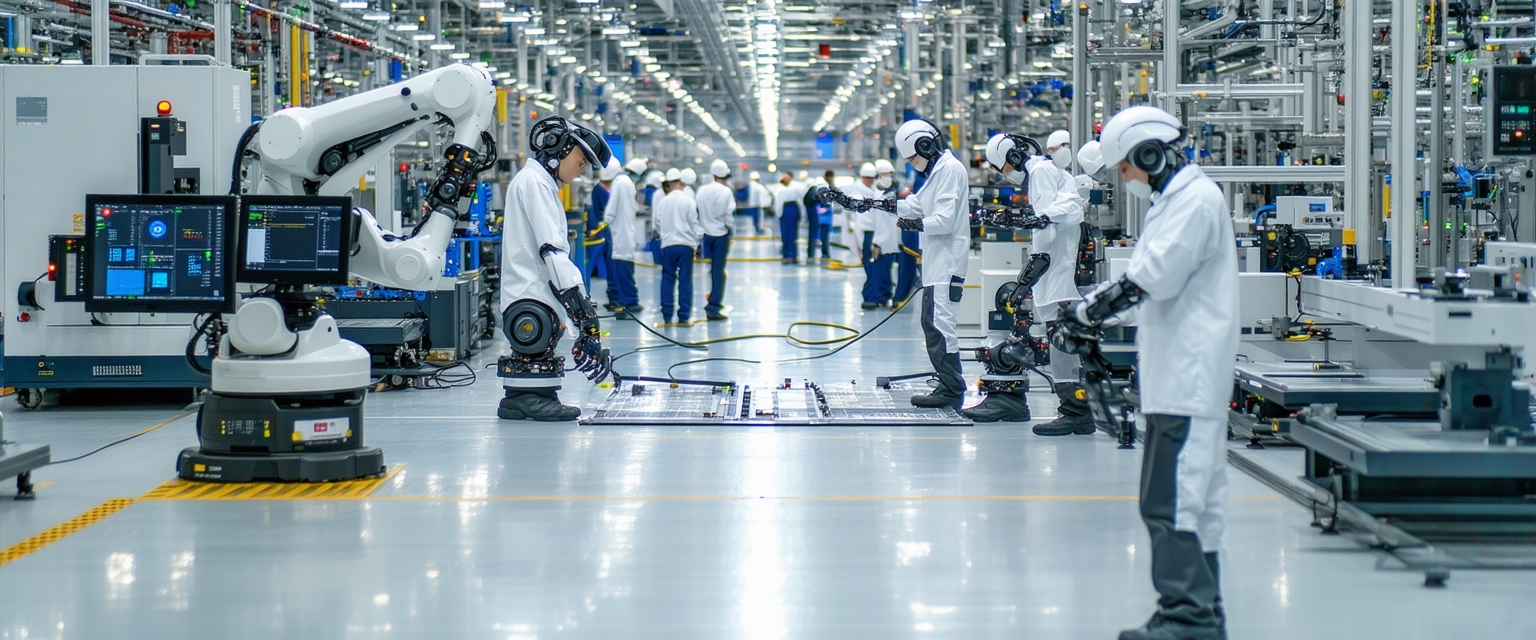






The manufacturing landscape is undergoing a radical transformation, driven by the convergence of advanced technologies under the umbrella of “Smart Manufacturing.” This shift, fueled by increasing globalization, intense competition, and the need for greater efficiency and agility, leverages data analytics, automation, and connectivity to optimize production processes and enhance overall competitiveness.
Traditional manufacturing methods often struggled with inefficiencies, high error rates, and difficulties in adapting to changing market demands. The limitations of manual processes and siloed information systems became increasingly apparent as global competition intensified. The rise of powerful computing, advanced sensors, and robust network connectivity provided the technological foundation for a smarter, more responsive approach.
Smart manufacturing is no longer a futuristic concept; it’s a rapidly evolving reality. We’re seeing widespread adoption of technologies like Industrial Internet of Things (IIoT) sensors, cloud computing for data analysis, advanced robotics, and artificial intelligence (AI) for predictive maintenance and process optimization. These technologies are integrated to create interconnected, self-regulating production systems.
Recent innovations include the development of digital twins – virtual representations of physical assets – which allow manufacturers to simulate and optimize processes before implementation. Furthermore, advancements in edge computing are enabling real-time data processing closer to the source, reducing latency and improving responsiveness.
A recent report by McKinsey & Company highlights the significant potential of smart manufacturing to increase productivity and reduce costs. They project that widespread adoption could boost global manufacturing output by up to 20% by 2030. (Source: McKinsey Global Institute, “Smart Manufacturing: A Path to Productivity Growth,” 2021)
Deloitte’s research indicates that companies embracing smart manufacturing strategies are experiencing improved supply chain visibility and resilience. This translates to better inventory management and faster response to market fluctuations. (Source: Deloitte, “Smart Manufacturing: A Digital Transformation Journey,” 2022)
The opportunities presented by smart manufacturing are immense, ranging from enhanced efficiency and productivity to improved product quality and reduced environmental impact. However, challenges remain. Significant investments in new technologies and workforce training are required. Cybersecurity concerns also loom large, given the interconnected nature of smart factories.
The future of smart manufacturing will likely involve greater integration of AI and machine learning, leading to even more autonomous and self-optimizing production systems. The focus will likely shift towards creating more resilient and sustainable manufacturing processes. Furthermore, ethical considerations surrounding data privacy and job displacement will need careful consideration.